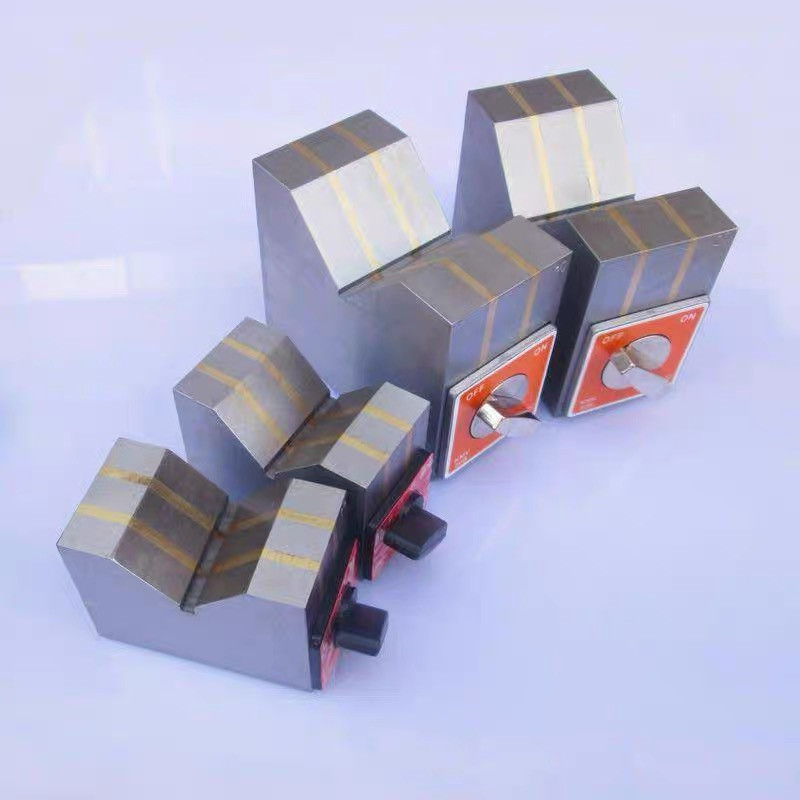Dec . 17, 2024 23:11 Back to list
v blocks for machining
The Importance of V Blocks in Machining
In the realm of machining, precision and accuracy are paramount. V blocks are an indispensable tool used by machinists and engineers to hold and secure cylindrical and flat workpieces during the machining process. Their unique design and functionality allow for increased efficiency and precision in various fabrication tasks. In this article, we will explore the features, uses, and advantages of V blocks in the machining industry.
What Are V Blocks?
V blocks are simple yet effective fixtures typically made of hardened steel, aluminum, or cast iron. They have a V-shaped groove on one side, enabling them to accommodate round or cylindrical objects securely. V blocks can be used individually or paired together to create a stable holding setup for various machining applications, such as milling, drilling, and grinding.
One of the key benefits of V blocks is their ability to hold parts in a vertical or horizontal position, depending on the setup. This flexibility allows machinists to perform a range of operations without the need for additional fixtures, saving time and improving workflow.
Applications of V Blocks in Machining
V blocks are widely used across various machining processes. Here are some common applications
1. Drilling Operations During drilling, maintaining the correct alignment of round workpieces is critical. V blocks ensure that the workpiece is held securely, preventing it from rolling or moving out of position. This stability is crucial for accuracy, especially when drilling precise holes.
2. Milling In milling operations, V blocks provide a stable base for workpieces, allowing for effective flat machining. The V groove provides a consistent reference point, enabling machinists to perform operations such as facing, contouring, and keyway cutting with a high degree of precision.
3. Measurement V blocks are also used in metrology to hold cylindrical pieces for measurement purposes. When measuring the diameter or runout of a workpiece, having a stable and level setup is essential, and V blocks provide that reliability.
v blocks for machining

4. Welding Although primarily used for machining, V blocks can also facilitate welding operations by holding pipes and rods in place. This allows for easier access and precision during the welding process.
Advantages of Using V Blocks
The benefits of using V blocks in machining processes are numerous
- Precision and Accuracy V blocks ensure that workpieces are held firmly and accurately, reducing the risk of errors and improving the overall quality of the finished product.
- Versatility Their ability to hold a variety of shapes and sizes makes V blocks highly versatile. Whether dealing with cylindrical rods, flat bars, or irregular shapes, V blocks can accommodate different workpieces.
- Ease of Use V blocks are straightforward to use and require minimal setup time. This ease of use allows machinists to focus more on the machining process itself rather than on the complexities of workpiece fixturing.
- Cost-Effectiveness Investing in V blocks is economically beneficial for machining operations. They are relatively inexpensive compared to other specialized fixtures, yet they provide significant value through enhanced precision and efficiency.
Conclusion
In summary, V blocks are a fundamental tool in the machining industry, enhancing accuracy, versatility, and efficiency across various operations. Their unique design allows machinists to secure workpieces effectively, facilitating precision in drilling, milling, measurement, and even welding. As technology and techniques in machining continue to evolve, the role of V blocks remains critically important, ensuring that quality and precision are maintained in the manufacturing process. For any machining operation, incorporating V blocks into the workflow can lead to significant improvements in output and a reduction in errors, reinforcing their status as a vital fixture in the machinist's toolkit.
-
Y Type Strainer Maintains System Efficiency Long TermNewsJul.15,2025
-
Valve Selection Guide for Industrial ApplicationsNewsJul.15,2025
-
Steel Fab Table Provides Durable Work Surface for WeldingNewsJul.15,2025
-
Pad Iron Provides Stable Support for Heavy MachineryNewsJul.15,2025
-
One Inch Check Valve Fits Standard Plumbing SystemsNewsJul.15,2025
-
Measuring Micrometer Ensures Precise Dimensional AccuracyNewsJul.15,2025
Related PRODUCTS









